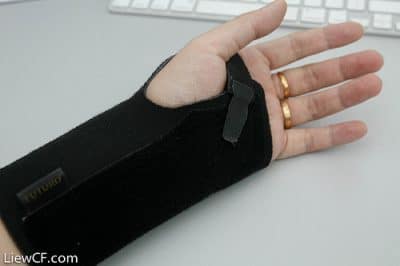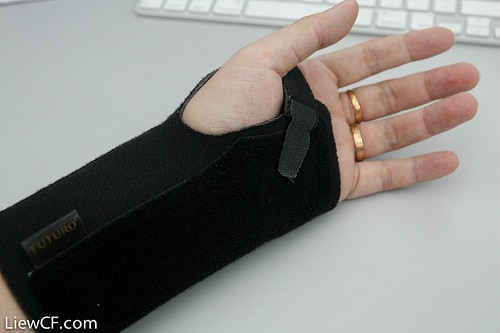Not all injuries are as visible or easy to detect as gashes or broken arms. Because of this, insurance companies often try to settle injury claims as soon as possible for as little as possible, hoping to avoid being charged for an injury that might remain undetected. Likewise, insurance companies often hesitate to offer a full claim amount if there is no support from a doctor.
For these reasons, visiting a doctor immediately after an accident is always recommended. Even impacts at low speeds can create enough force to cause serious injuries to those in the vehicle. Going to a doctor immediately after a crash has two primary benefits:
- Ensures safety – If you have sustained an injury, it is always better to find out sooner rather than later. In fact, it is often those first hours after an accident that can have the most impact on the development of an injury.
- Secures necessary compensation – If you did receive injuries from an accident, the statement from your doctor immediately after an accident limits an insurance adjuster’s ability to link the injury to another event or disclaim the validity of your injuries.
Table of Contents
Soft Tissue Injuries

Except in the case of a contusion, soft tissue damage is invisible to the eye, but can be detected by persistent pain and/or inflammation. Whiplash is a common cause for soft tissue injury to the neck which can be caused by hard braking or impact with another car or object.
Injuries to the tendons or ligaments may not manifest to their full extent until hours or days after the accident. Because of this, it is recommended that any soreness after an accident be inspected by a medical professional.
Below is general information about hard-to-detect injuries that can occur in an accident according to American Academy of Orthopaedic Surgeons (AAOS) and Wise Geek.org:
Sprain: a stretch or tear of a ligament.
Most mild sprains heal with a combination of R.I.C.E (rest, ice, compression, and elevation) followed by light exercise. However, more serious sprains may require a brace or even surgery to repair torn ligaments.
Strain: a stretch, partial tear, or complete tear of muscles and/or tendons.
Mild strains and mild sprains have the same recommended treatment: R.I.C.E. plus light exercise. If the muscle or tendon is seriously torn, however, surgery may be required.
Contusion: a bruise caused by a blow to a muscle, tendon, or ligament.
Most often, contusions are mild and heal with rest, ice, compression, and elevation, but in serious cases, the bruise persists and requires medical attention to prevent permanent damage.
Traumatic Brain Injury
According to the American Speech-Language-Hearing Association (ASHA), “Any injury to the head may cause traumatic brain injury.”
Traumatic Brain Injury (TBI) can be extremely serious. While TBI formed by penetrating injuries are extremely visible, TBI through closed head injuries can take many forms and be difficult to notice as well as debilitating. Below is a list of closed head injury TBI, according to Brain Injury Alliance (BIA), Center For disease Control and Prevention (CDC), Brain and Spinal Cord.org, and University of California Los Angeles (UCLA) Neurosurgery.
Contusion: an area of bleeding on the surface of the brain, most commonly along the undersurface and poles of the frontal and temporal lobes (UCLA).
Contusions are often caused by an amount of force that knocks the individual unconscious at the time of the injury. Swelling will typically happen 48 to 72 hours after the incident. Treatment for this injury requires medical help and can sometimes result in cranial surgery (UCLA).
Concussion: a mild type of TBI caused by a bump, blow, or jolt that can alter brain function (CDC).
While most concussions are followed by quick and full recovery, others are followed by days or weeks of halting symptoms. Symptoms usually fall into four categories: problems with thinking/remembering, one’s physical state of being, one’s control over emotions/mood, and sleeping. Remember, it doesn’t take much to cause a concussion: “even what seems to be a mild bump to the head can be serious” (CDC).
Diffuse Axonal: when acceleration or deceleration causes one’s brain to move within the skull and axons (the parts of the nerve cells that allow neurons to send messages between them) are disrupted.
Serious cases of diffuse axonal are followed by unconsciousness. However, in mild or moderate cases, the person may not loose consciousness but experience other symptoms of brain damage. Diffuse axonal injury occurs in about half of all severe head traumas and is one of the leading causes of death in people with TBI.
Medline Plus recommends accident witnesses call 911 immediately if the person is confused, tired, unconscious, severely bleeding from the head or face, or not breathing, or if you suspect a serious head or neck injury.
Prevention and Recovery
Wearing a seat belt—or a helmet for cyclist—lowers the chance that injuries such as these will happen to you. However, if an accident ever leaves you wondering if you should seek medical attention, be safe and visit a doctor immediately. Your health is most important.
It is our goal at Good Guys Injury Law to serve those who have been injured as they seek recovery. If you have been injured, do not make the mistake of waiting. Find out your rights and the options available and, if we can help in any way possible, do not hesitate to call us at (801)506-0800 or schedule an appointment for a free consultation to know if hiring a lawyer is right for your situation.

